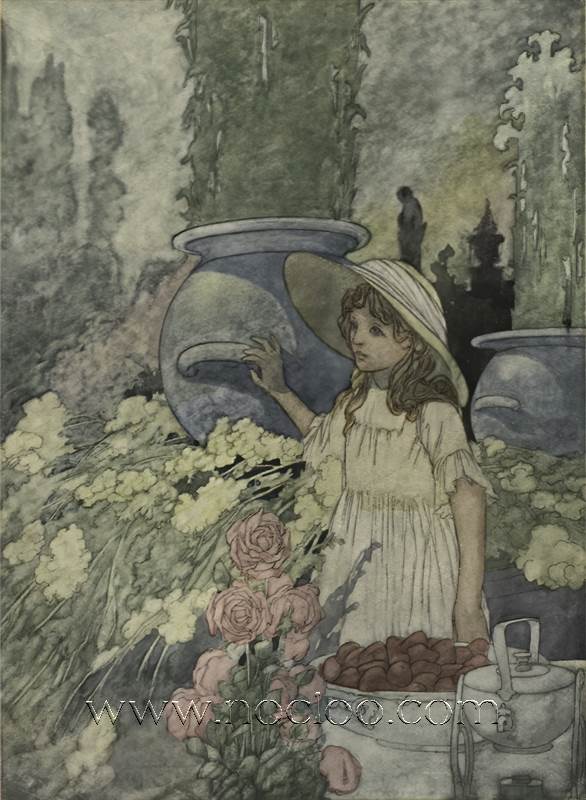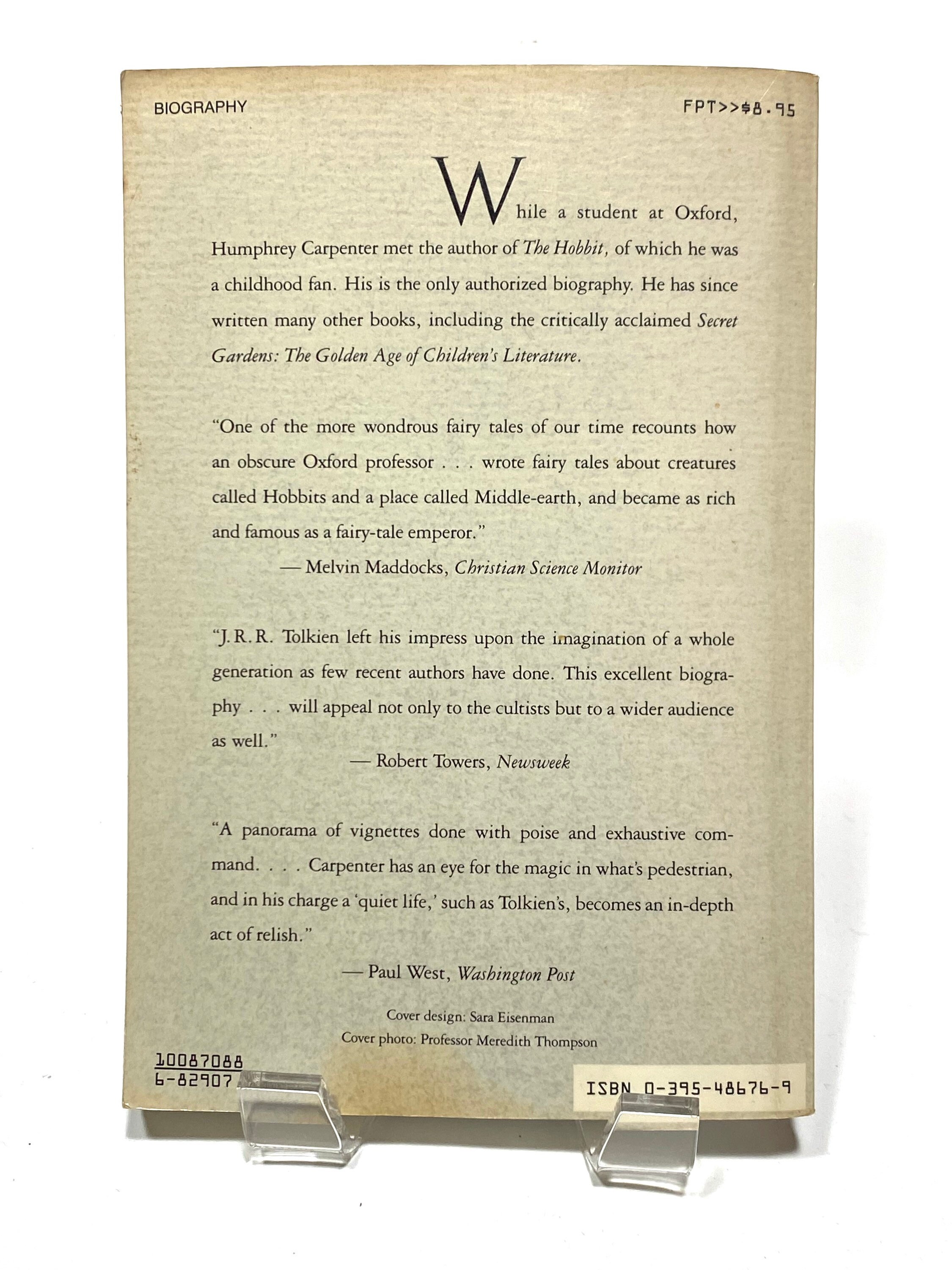
The books he remains best known for, The Hobbit and the Lord of the Rings trilogy, may be high fantasy, but the skill of their creation and the painstaking detail of both character and setting have meant that they have long since transcended any generic limitations. John Ronald Reuel Tolkien - better known by his initials - is one of the most beloved writers of the twentieth century. A sextet of big-budget film adaptations - three good, three bad - has only helped maintain the reputation of a man who, legend has it, created the world of Middle-earth when he idly scribbled the words “in a hole in a ground there lived a hobbit” on a student’s test paper. His reputation rests on four novels published during his lifetime, which have not only been bestsellers since their publications in 1937, 19, but continue to attract millions of readers, who are unusually ardent in their appreciation. For one thing, he has been dead half a century this year, and for another, he was a mild-mannered Oxford don with a particular scholarly interest in Anglo-Saxon and Old Norse literature.


Last year’s big-budget, much talked-about television series, Amazon’s The Lord of the Rings: The Rings of Power, had a somewhat unlikely figure as its presiding genius.


 0 kommentar(er)
0 kommentar(er)
